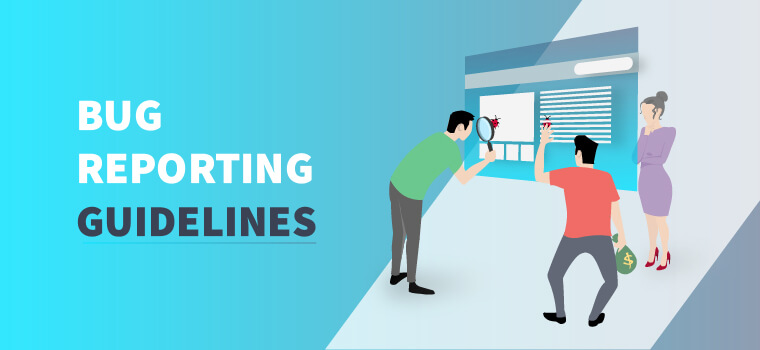What is AI?
Artificial intelligence (AI) is a broad field that includes a variety of techniques and approaches for creating intelligent machines.
On a higher level, AI seeks to develop computer systems capable of performing tasks that would normally require human intelligence, such as reasoning, problem solving, decision-making, perception, and natural language understanding.
AI Techniques:
- Machine learning is one of the most frequently used AI techniques.It entails developing algorithms that can learn from data and improve over time without being explicitly programmed.
- A branch of machine learning known as “deep learning” is concerned with creating artificial neural networks that can learn and make decisions in a manner akin to the human brain.
- Another important area of AI is natural language processing (NLP), which deals with understanding and generating human language. NLP is used in a wide range of applications, including chatbots, virtual assistants, and search engines.
- Computer vision is the branch of AI that focuses on teaching computers to interpret and comprehend visual data from their surroundings. Object recognition, image segmentation, and object tracking are examples of computer vision techniques.
What are AI applications and its testing?
Applications known as AI apps use artificial intelligence (AI) technology to give users wise and tailored experiences. AI apps analyse data and make decisions that can enhance user experience, automate tasks, and offer insightful information by utilising machine learning algorithms and other AI techniques.

Testing artificial intelligence (AI) applications is the process of making sure they function as intended, are accurate, and are dependable. Due to the dynamic and constantly changing nature of AI models and algorithms, testing AI apps is a difficult and complex process.
The goal of testing an AI application is to find and fix any problems or errors that may arise during its development, deployment, and use.
Techniques of AI app testing:
- Data testing: This entails testing the AI application using various data types to make sure it can handle a range of inputs and deliver precise results.
- Model testing: This involves examining the AI model’s own accuracy and dependability, perhaps by comparing its performance to a set of test data.
- The exploratory testing of an AI app involves looking for issues or problems that may have been overlooked.
- Tests involving adversarial inputs are conducted to identify potential weaknesses or vulnerabilities in the AI model.
- In transfer learning testing, the AI app is evaluated on how well it can transfer learning from one domain to another, for instance from one type of image dataset to another.
- To ensure that AI apps produce accurate outputs and behave as expected, black-box testing is conducted without knowing the app’s internal workings or algorithms.
- Using white-box testing, the AI app is tested without knowing the algorithm or code, ensuring that it works as expected.
Process of testing an AI application involves: (Post development)
- AI Training: The process of using a machine learning algorithm to discover patterns and connections between input data and output targets is referred to as artificial intelligence (AI) training.
AI training aims to develop a model that can precisely forecast results for novel, unforeseen input data. This is accomplished by exposing the model to a substantial and varied dataset during training so that it can discover the relationships and patterns present in the data.
Framework for AI Training:
- Gathering and Preparing Data: The gathering and preparation of the data needed to train the AI model is the first step in an AI training framework. This entails locating pertinent data sources, guaranteeing the accuracy of the data, and preprocessing the data to prepare it for training.
- Data division and preparation for training: To ensure the quality and consistency of the collected data, clean, normalise, and preprocess it. This could entail applying techniques for data preprocessing such as scaling features, handling missing values, and noise removal.
- Engineering and Feature Choice: Analyse the gathered information to find significant characteristics that will aid in the learning process. To improve the AI model’s comprehension of the data, choose pertinent features and create new ones if necessary.
- Training an AI model: Once you have the preprocessed data, you can use it to train an AI model. This is the process of feeding your training data into the neural network and allowing it to learn from these inputs. The more information you feed through your network, the more accurate it will become.
The framework makes it possible to create AI-based applications that provide smart, effective, and personalised solutions, increasing productivity, accuracy, and user satisfaction.
- AI Validation: AI validation is the process of assessing a machine learning model’s performance using a different dataset from the one it was trained on. AIming to prevent overfitting or the model from memorising the training data, AI validation verifies that the model generalises well to new, unexplored data.
Framework for AI Validation:
- Setting Validation Goals: Define the objectives and criteria for evaluating the AI model’s performance. This includes determining metrics such as accuracy, precision, recall, or specific business-related goals.
- Choosing Suitable Test Data: Select a separate dataset that is distinct from the training data. This ensures that the model is tested on new, unseen data to evaluate its generalisation capabilities.
- Creating Baseline Models: Develop baseline models or use existing models with known performance to establish a reference point for comparison. These models serve as a benchmark for evaluating the effectiveness of the trained AI model.
- Analysing Performance Metrics: Evaluate the performance of the AI model on the test dataset by measuring the defined metrics. This analysis provides insights into the model’s strengths, weaknesses, and areas for improvement.
- Assessing Robustness: Test the AI model’s resilience against various scenarios, including edge cases and adversarial inputs. This helps identify potential vulnerabilities or weaknesses in the model and improve its robustness.
- Considering User Experience and Feedback: Incorporate user feedback and consider the overall user experience when assessing the AI model. This ensures that the model meets user expectations, addresses their needs, and provides a satisfactory experience.
- Addressing Ethical Issues: Take into account ethical considerations related to privacy, bias, fairness, and transparency. Evaluate the AI model’s impact on individuals and society, and mitigate any ethical concerns that may arise.
By following this framework, AI validation ensures that the trained model performs accurately, reliably, and in an ethically responsible manner. It allows for the identification of areas that require improvement, enabling the development of AI systems that are trustworthy and beneficial.
What kind of software applications or products are developed using AI?

- Chatbots
- Systems that recommend products, services, and content to users
- Recognition of speech and images
- AI is used to create fraud detection systems
- Personalised marketing
- Sentiment analysis
Conclusion:
Finally, combining an AI validation framework with an AI training framework offers a thorough method for creating and assessing AI models. The AI system can learn from data, improve its performance, and adjust to changing circumstances thanks to the training framework. It includes gathering data, choosing a model, adjusting hyperparameters, iteratively refining, and ongoing maintenance.
The validation framework, however, ensures that the trained AI model performs in a morally correct, dependable, and efficient manner. It involves setting validation goals, choosing suitable test data, creating baseline models, analysing performance metrics, determining robustness, taking user experience and feedback into account, and dealing with ethical issues.
These frameworks work together to create a structured and iterative process for creating, improving, and validating AI systems. They support accountability, openness, and the wise application of AI technologies. Organisations can create reliable AI models that meet user expectations, deliver accurate results, and deal with real-world problems by adhering to these frameworks.
Written by Archana






